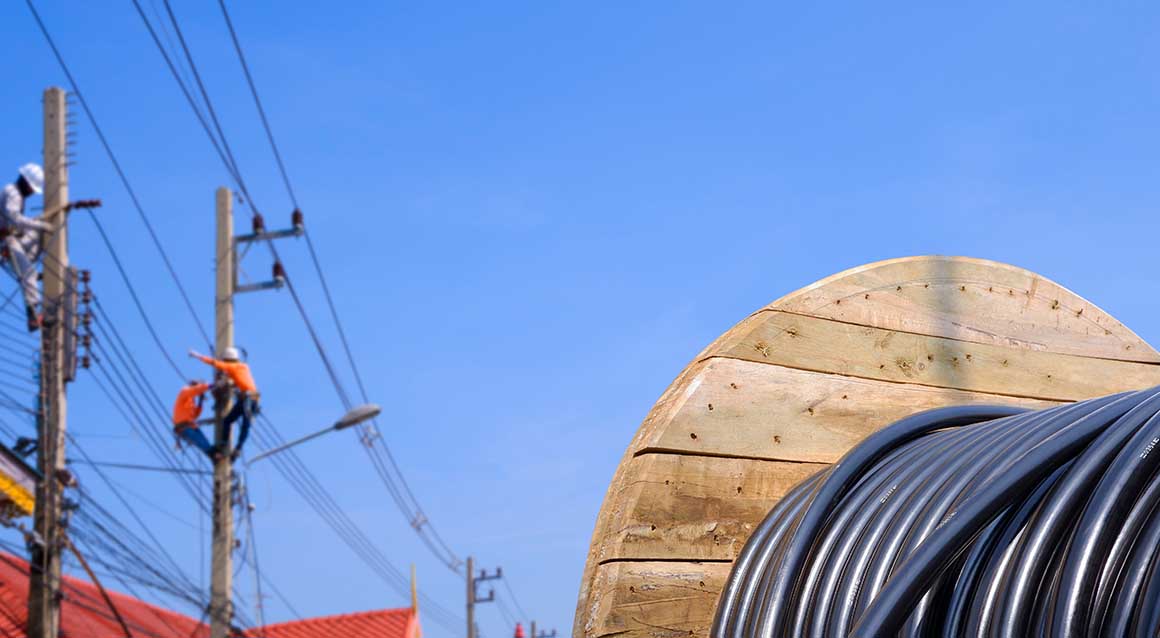
Cable Pulling
Cable pulling, a seemingly mundane yet crucial aspect of electrical work, forms the backbone of modern connectivity and power distribution systems. This intricate process involves the installation of electrical cables through conduits, trays, or other designated pathways, playing a pivotal role in ensuring the seamless flow of energy and information in various infrastructures.
At its essence, cable pulling is a symphony of precision and planning. The initial stages involve a meticulous assessment of the environment and the establishment of a comprehensive plan. Factors such as the type of cables, their specifications, the route they will traverse, and the environmental conditions are carefully considered. This preparatory phase sets the stage for a smooth and efficient cable pulling operation.
The choice of cables is a critical decision in the cable pulling process. Different applications demand different types of cables, whether they be electrical power cables, data cables, or a combination of both. The selection is guided by factors such as voltage requirements, data transmission speeds, and environmental considerations. Each cable type brings its own set of challenges and requirements, adding complexity to the cable pulling endeavor.
Routing is another intricate aspect of cable pulling. The cables must traverse a predetermined path, often through conduits, trays, or other support structures. This demands a thorough understanding of the architectural layout, potential obstacles, and safety considerations. In industrial settings, cable trays might be utilized for an organized and secure arrangement, while in residential or commercial installations, conduits may be employed to protect and conceal the cables.
The actual process of cable pulling requires a blend of physical strength and finesse. Pulling cables through conduits can be a demanding task, especially in instances where longer distances are involved or where multiple bends and turns are present. Tension, bending radius limits, and the prevention of damage to the cables are paramount considerations. This stage often involves a collaborative effort among a team of skilled technicians who work in tandem to ensure the smooth progression of the cables.
In addition to physical considerations, technology has played a transformative role in modern cable pulling. Advanced tools and equipment, such as cable pulling winches, tension monitoring devices, and lubricants, have streamlined the process and enhanced efficiency. Computer-aided design (CAD) tools contribute to meticulous planning, optimizing the cable route and minimizing potential challenges.
Cable pulling's significance extends beyond the mere installation of wires. It is the lifeline of communication networks, powering industries, homes, and institutions. In the era of smart cities and interconnected systems, the success of cable pulling directly influences the reliability and effectiveness of various technologies, from lighting and heating systems to data networks and security apparatus.
Despite its technical complexity, cable pulling is often an unsung hero in the realm of electrical work. Its success is measured not only by the seamless installation of cables but also by the reliability and longevity of the entire electrical system. As technology continues to advance and connectivity becomes increasingly integral to daily life, the role of cable pulling will remain central in shaping the infrastructural landscapes that power our interconnected world.






